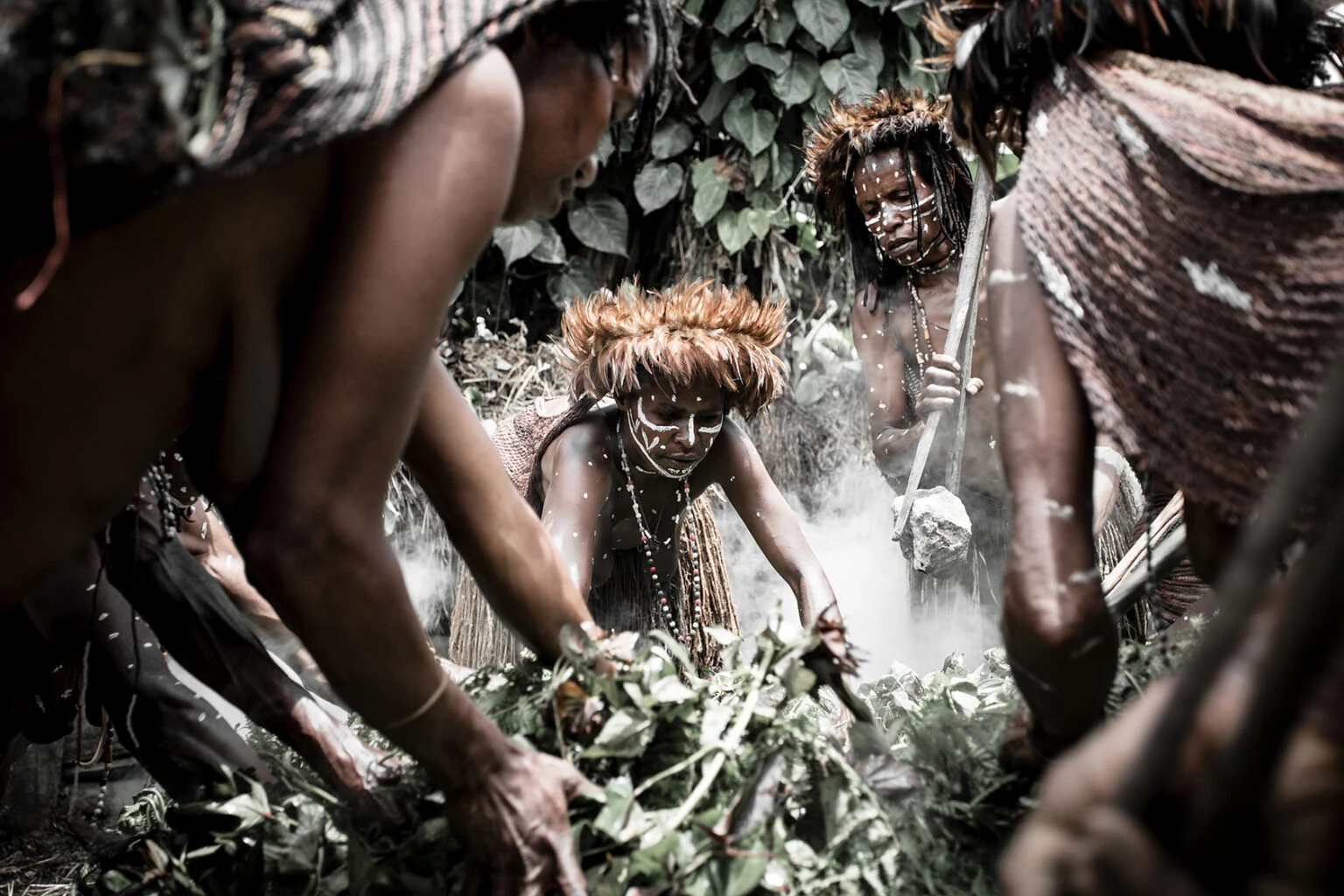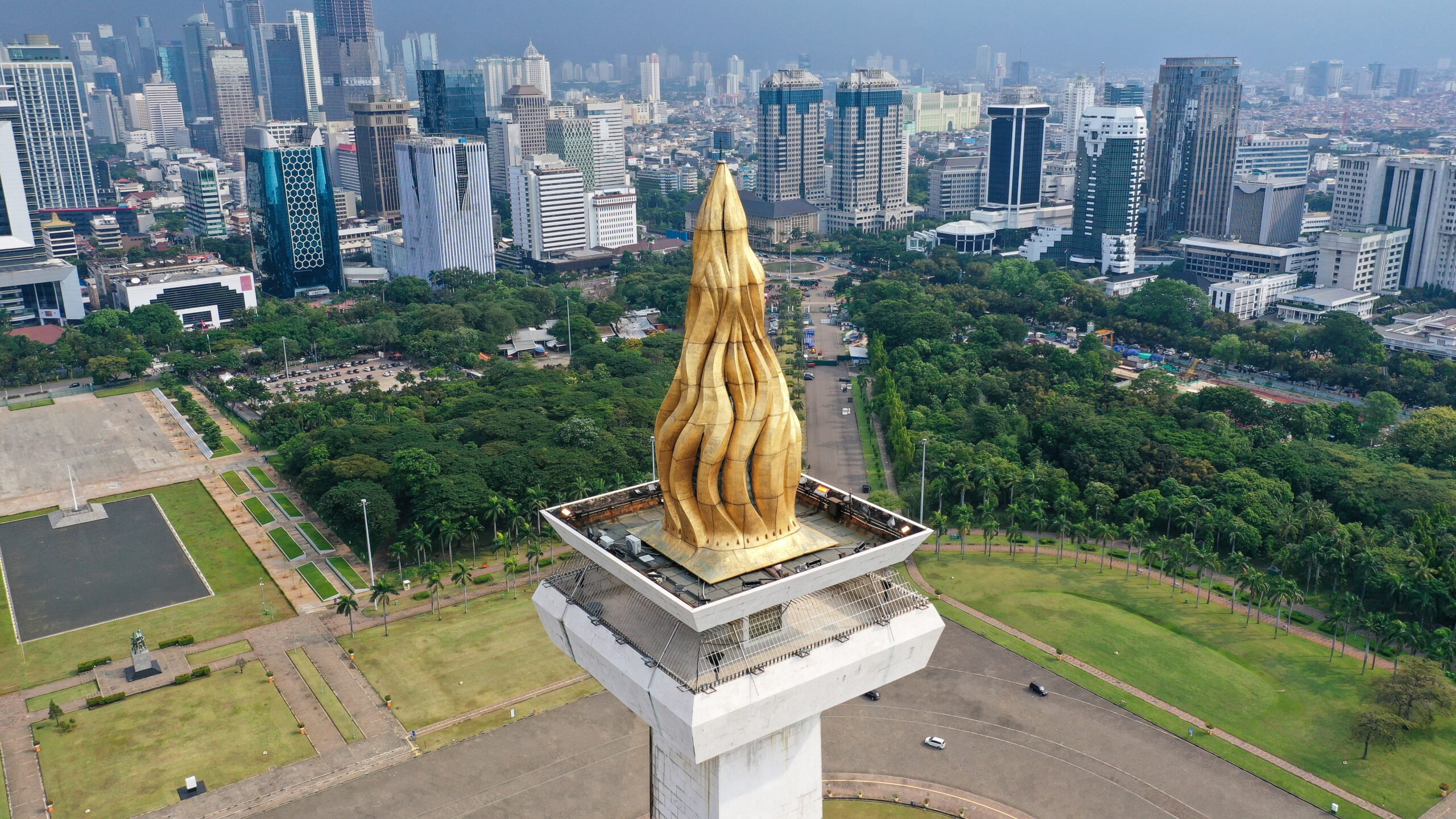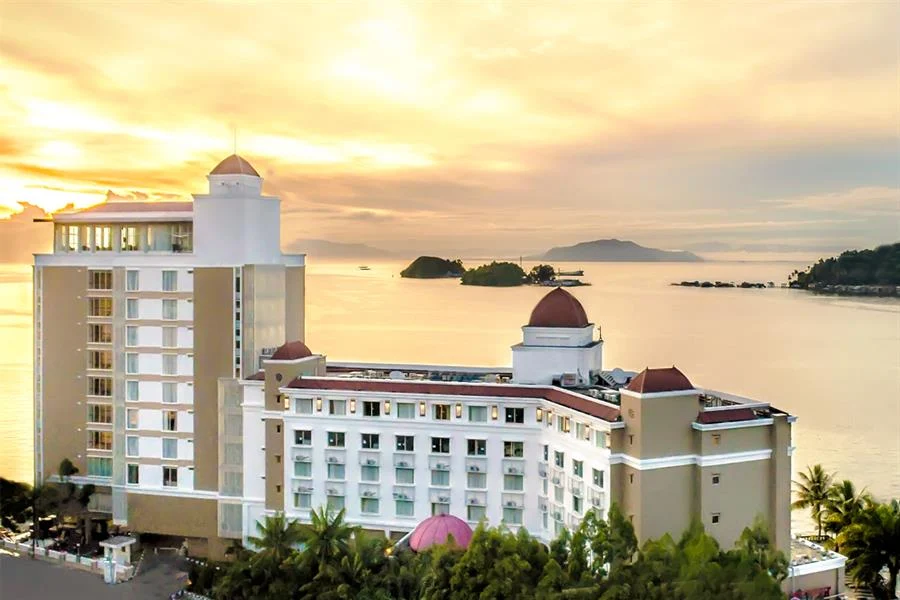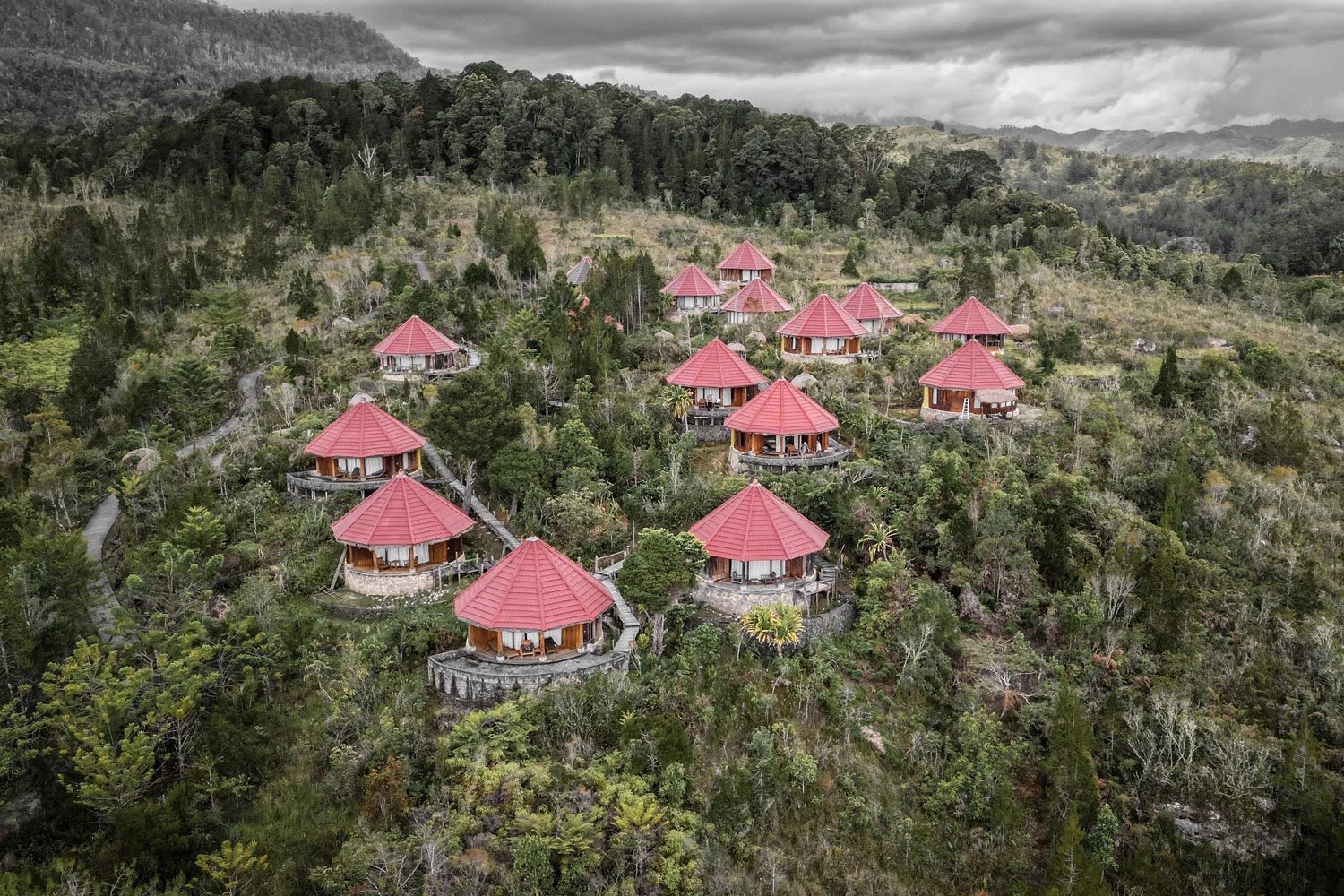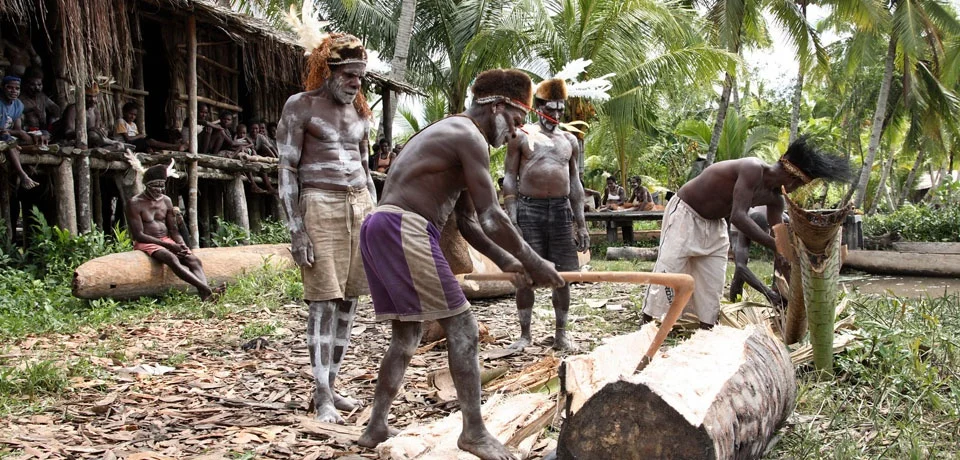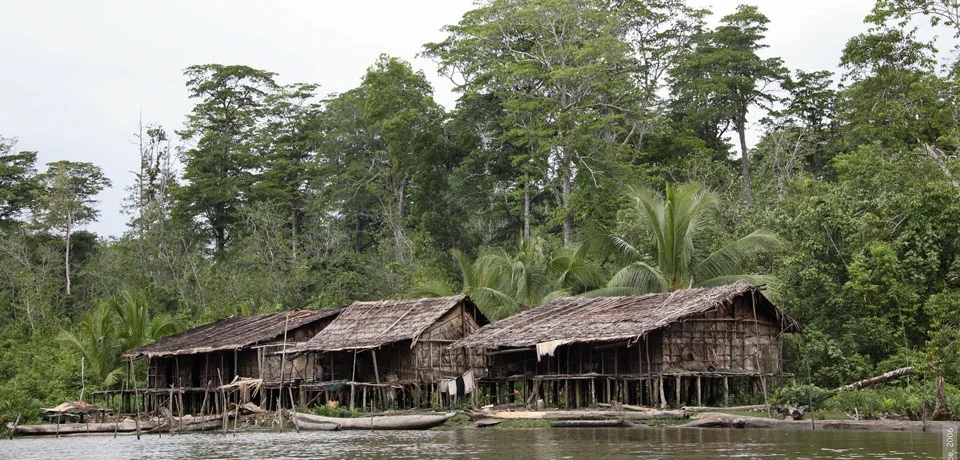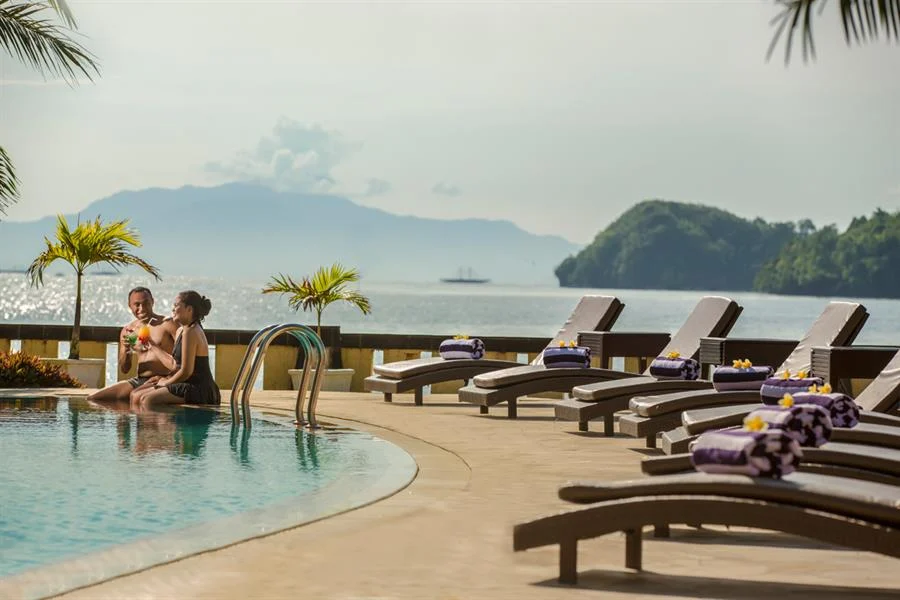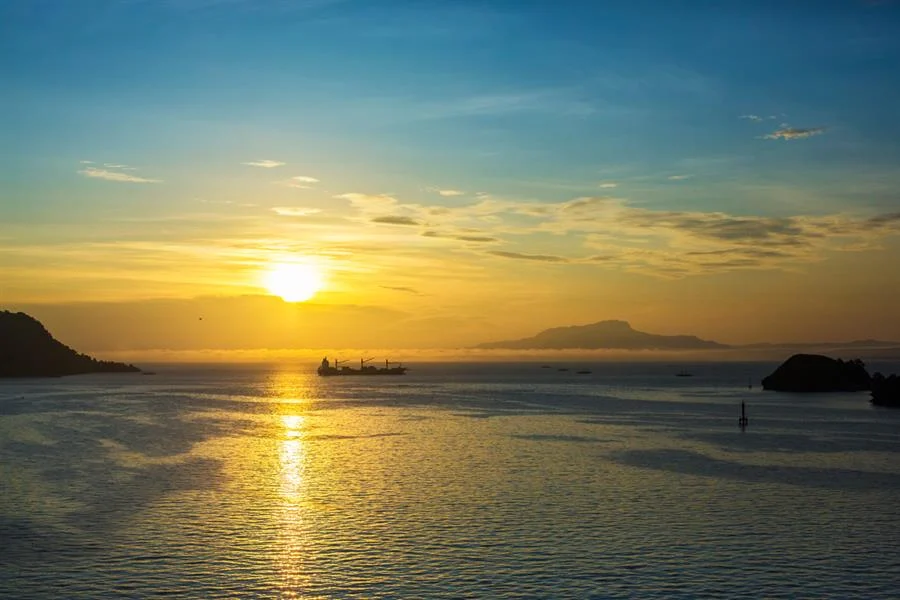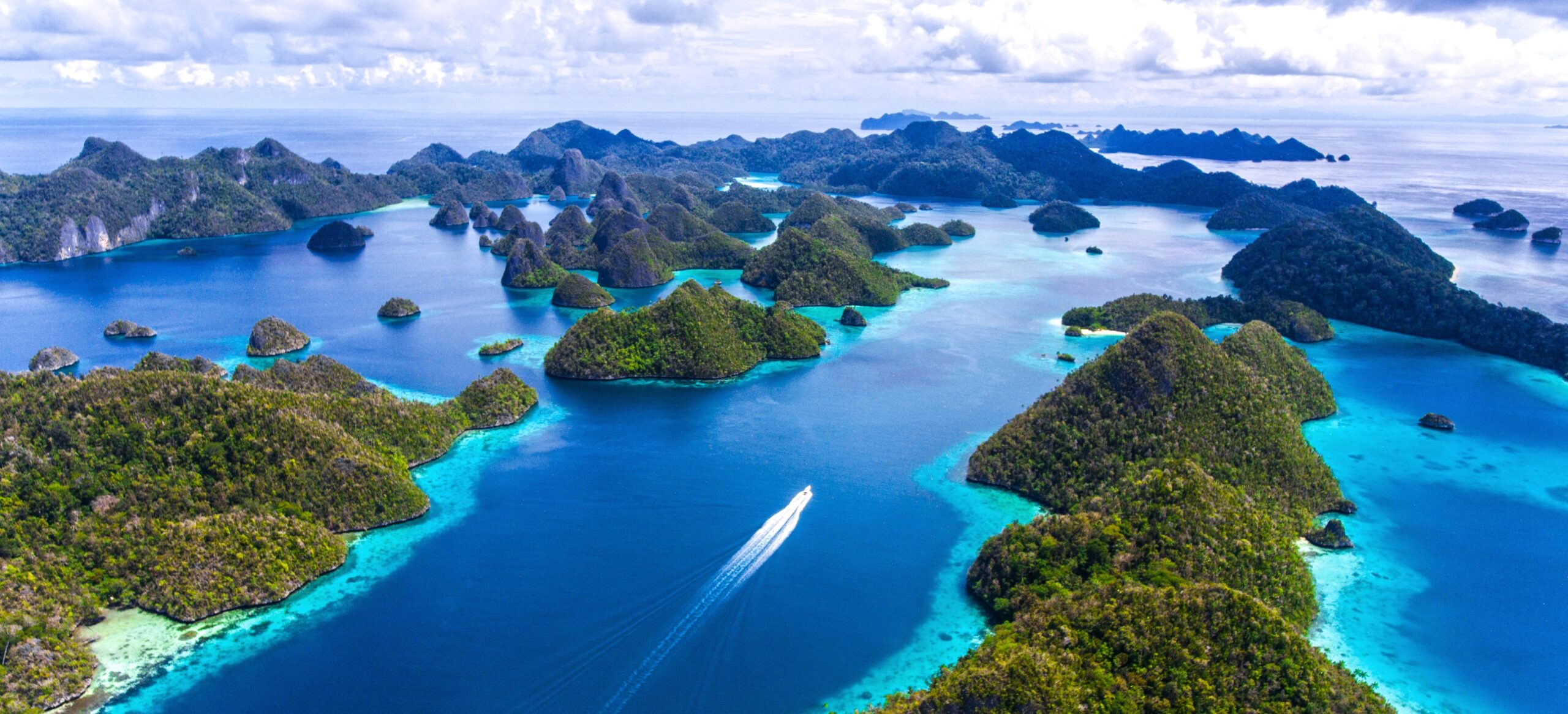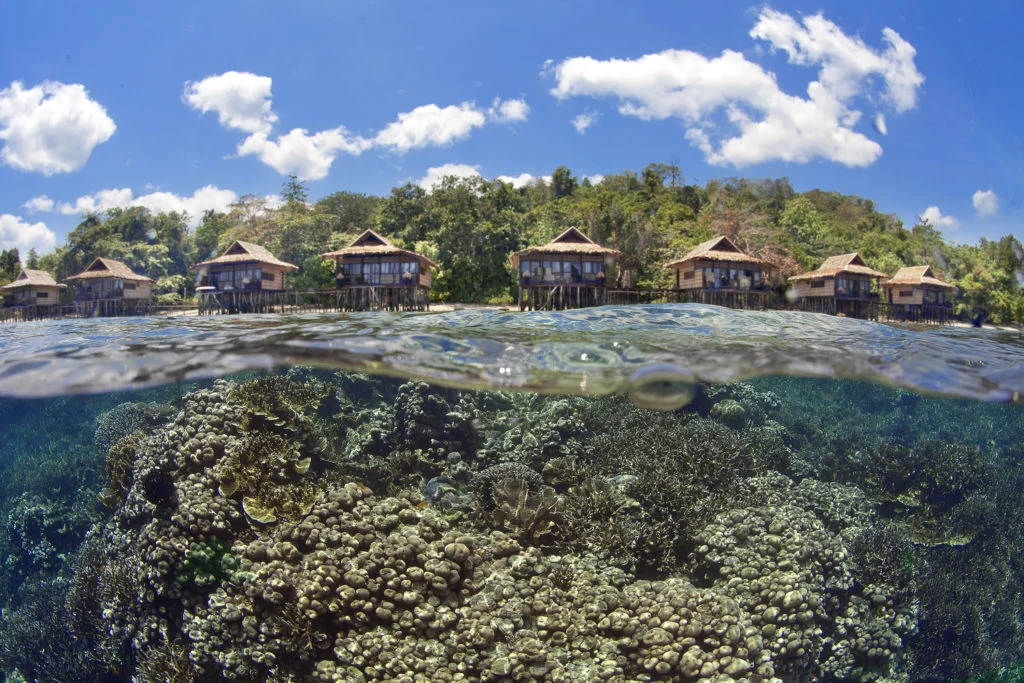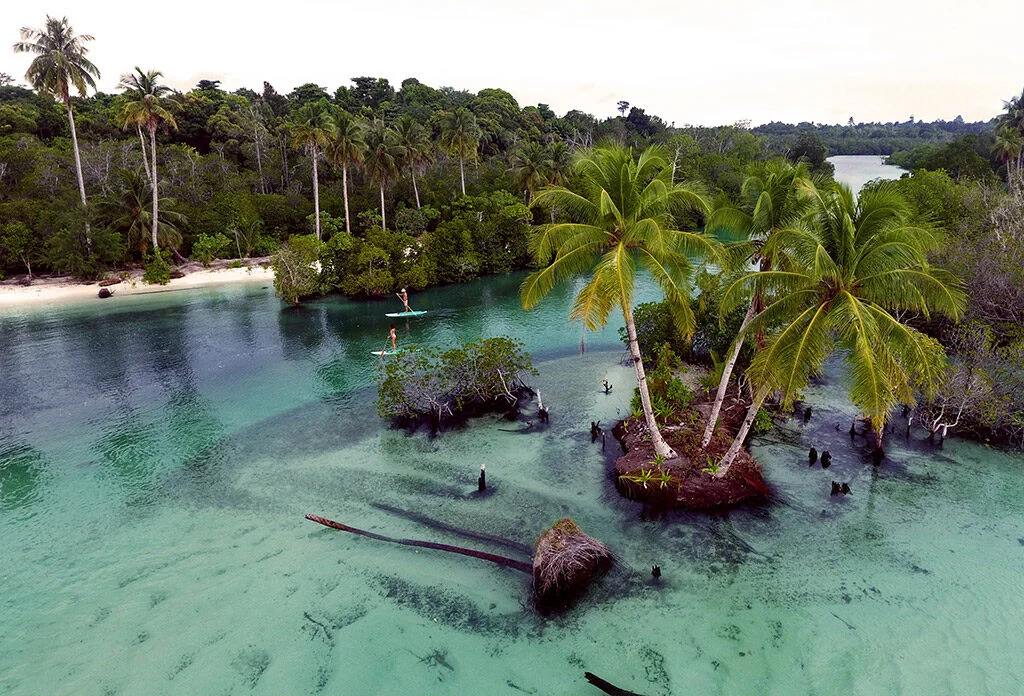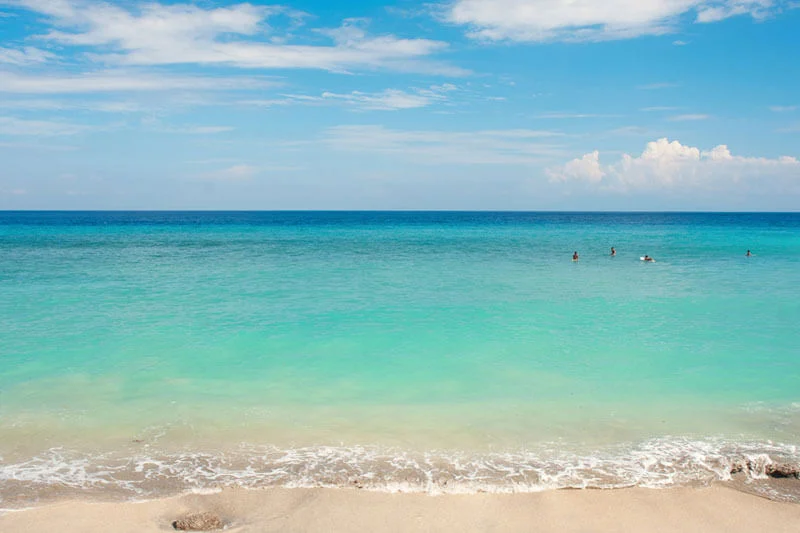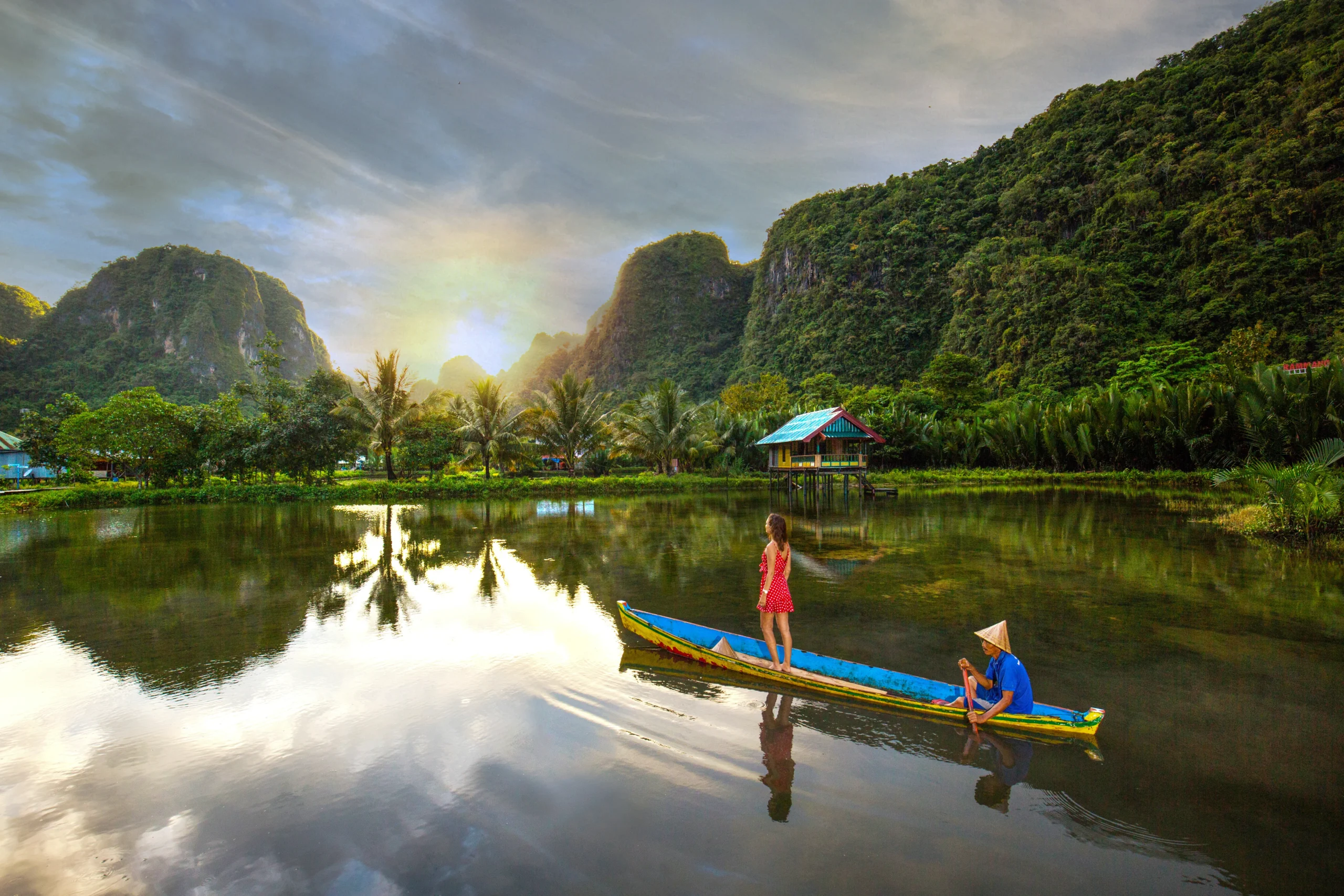The Baliem Valley in West Papua: An Undiscovered Paradise
Raja Ampat & West Papua – Stone Age Adventure
Introduction to the Baliem Valley
The Baliem Valley is a fascinating region located in the central mountains of West Papua and offers exceptional scenic beauty. Nestled between majestic, forested peaks and lush, green hills, the valley stands out for its breathtaking views and rich natural surroundings. The region is known for its unique geographical features, including fertile soils that allow for a variety of agricultural activities and crystal-clear rivers that flow through the landscape and enrich the ecosystem.
In addition, the Baliem Valley is not only a geographical destination, but also a cultural center where various indigenous peoples live. These communities have preserved their traditions and ways of life for centuries, giving the valley an authentic cultural identity. The small villages scattered throughout the region reflect the heritage of the indigenous people and are characterized by customs, festivities and a deep connection with nature.
The importance of the Baliem Valley extends beyond its geographical and cultural features. It is considered an important place for scientific research and cultural heritage, as it offers numerous opportunities to document the ways of life and traditions cultivated by the indigenous peoples. The local population is known for their agricultural practices and the artistry of crafts and traditions that are still maintained today. The valley, often off the beaten track, offers a unique opportunity to discover one of the last unspoiled regions in the world and to appreciate the cultural diversity and rich heritage of West Papua.
Raja Ampat & West Papua – Stone Age Adventure
Cultural diversity and traditions
The Baliem Valley in West Papua is a fascinating area that is home to an impressive cultural diversity. In particular, the indigenous peoples, such as the Dani, Lani and Yali tribes, shape the social fabric and traditions of this region. Each of these peoples has their own unique customs and ways of life, which are deeply rooted in their history and are reflected in different aspects of their daily lives.
The Dani are known for their impressive tattoos and colorful traditional garments, which are often worn on ceremonial occasions. These tribes celebrate numerous festivals, which are often associated with harvest festivals or war rituals. Music and dance play a central role in this, and the rhythmic sounds of drums and singing permeate the air during these solemn events. These rituals not only promote cohesion within the community, but also strengthen their cultural identity.
The Lani culture is also rich in traditions that have their roots in nature and spirituality. The members of this tribe practice agriculture and crafts, among other things, with the cultivation of sweet potatoes and the distribution of handmade works of art being essential elements of their lifestyle. In addition to practical skills, emphasis is also placed on stories that are passed on orally and convey important knowledge about the history and values of the Lani.
The Yali people are characterized by their remarkable craftsmanship, especially in the processing of wood and natural materials for their works of art. Festivals dedicated to preserving and celebrating their cultural rites not only serve to strengthen the community, but also provide a platform to pass on their traditions to the next generation. The role of these local ceremonies cannot be overstated, as they promote cultural heritage and a sense of community in this unique region.
Raja Ampat & West Papua – Stone Age Adventure
Natural beauty and outdoor activities
The Baliem Valley in West Papua is a true oasis of natural beauty, offering breathtaking mountain panoramas, picturesque rivers and fertile valleys. The varied landscape is flanked by imposing mountains covered with lush greenery that stand out majestically against the clear sky. This unspoiled region is not only a visual feast, but also a fascinating biotope that is home to a variety of flora and fauna. Travelers who want to experience nature in its purest form will find ideal conditions for various outdoor activities here.
Trekking is considered one of the most popular activities in the Baliem Valley. There are numerous hiking trails that lead through the impressive landscape, with many routes leading to small villages of the indigenous peoples who live there. Here, visitors have the opportunity to experience the unique culture and traditions of the indigenous people up close. The gentle gradients and the moderate climate also offer optimal conditions for hikers of all levels of experience.
Another exciting way to explore the surroundings is rafting on the clear rivers of the valley. The rivers offer exciting routes ranging from gentle rapids to challenging sections, ideal for the adventurous. To ensure that the experience remains both safe and environmentally friendly, travelers should make sure to choose environmentally conscious providers.
Bird watching is another highlight for nature lovers. The Baliem Valley is home to numerous bird species, including many that are unique to the area. To enjoy nature respectfully, it is advisable to carry adequate equipment, travel quietly and not cause disturbance to wildlife.
Raja Ampat & West Papua – Stone Age Adventure
Travel tips and practical tips
A visit to the Baliem Valley in West Papua is a unique experience that requires careful planning. First of all, the journey must be considered. There are several ways to reach the valley. Most travelers first fly to Jayapura, the capital of Papua. From there, you can take a domestic flight to Wamena, the largest town in the Baliem Valley. Alternatively, it is possible to travel by car from Jayapura, but this can take a lot of time.
The best time to visit the Baliem Valley is from May to September, when the weather is usually mild and rainfall is lower. During these months, the famous Baliem Valley Festival and local markets are also held, providing an excellent opportunity to learn about the culture and traditions of the indigenous peoples.
In terms of accommodation, there are various options, from simple guesthouses to slightly more luxurious hotels. We would recommend to book in advance, especially during the high season. Some establishments also offer the opportunity to enjoy local dishes and get to know the local cuisine, which adds to the overall experience.
Respectful treatment of indigenous communities is of the utmost importance. The people of the Baliem Valley attach great importance to their traditions and lifestyle. It is advisable to find out about their customs and customs before intercultural encounters. In addition, hiring a local guide can be extremely beneficial. Not only are these guides familiar with the region, but they can also provide valuable insight into the valley’s culture, history, and flora that a traveler might not discover on their own.
Discovery of Raja Ampat: A paradise for divers and nature lovers
Raja Ampat & West Papua – Stone Age Adventure
Introduction to Raja Ampat
Raja Ampat, a picturesque archipelago in West Papua, Indonesia, is a true paradise for divers and nature lovers. Geographically, it is located in the tariff coral between the Pacific and Indian Oceans and includes over 1,500 small islands. This region is not only beguilingly beautiful, but also of historical importance. Raja Ampat also offer a cultural diversity, which is reflected in the traditions and customs of the locals. Most of whom come from the indigenous groups of the Papuans. The region offers a rich mix of different cultures that shape daily life, art and cuisine.
One of the most notable features of Raja Ampat is its exceptional biodiversity. Raja Ampat is home to over 1,300 species of fish alone. As well as numerous molluscs and coral species. The coral reefs of Raja Ampat offer a pristine nature and healthy ecosystem, which offer countless opportunities for underwater exploration. Divers and snorkelers will have the opportunity to see vibrant reefs and countless marine life. You can also see manta rays, whale sharks, and various tropical fish. This unique underwater world is a treat for biologists, but also for recreational divers.
But it is not only the lived biodiversity that makes Raja Ampat special. The way of life of the locals is deeply rooted in nature, and many communities live from fishing and agriculture. However, this traditional way of life faces major challenges, such as the effects of tourism and climate change. It is crucial to maintain the ecological balance and respect the local culture.
Raja Ampat & West Papua – Stone Age Adventure
The unique underwater world
A jewel in the Coral Triangle region of the Indian Ocean, Raja Ampat is famous for its stunning marine life. This is a true paradise for divers and nature lovers, as the region’s waters have some of the highest biodiversity rates in the world. The diversity of marine life ranges from bright, colorful coral reefs to over 1,500 species of fish that are home to these clear, blue waters. Here, divers can encounter robust reef inhabitants such as clownfish, filleted fish and the majestic manta ray, which impresses with its elegance and size.
The dive sites in Raja Ampat are unique and offer unforgettable experiences for every diver. Regardless of their level of experience. Famous diving spots are Cape Kri, famous for its incredible fish density. Manta Sandy is a popular place for manta ray encounters.
The best times to dive in Raja Ampat are between October and April. The visibility is clearest and the water has more moderate temperatures.
Divers should also be aware of seasonal changes. Some marine life is only visible at certain times of the year. To maximize the experience, it is advisable to dive with an experienced dive guide. He knows the area well and can provide valuable information about the flora and fauna of the area.
Raja Ampat & West Papua – Stone Age Adventure
Activities and experiences in Raja Ampat
Raja Ampat offers a variety of activities for nature lovers and adventurers beyond outstanding diving. One of the most popular activities is snorkeling. The crystal clear waters are an ideal environment for exploring the impressive coral reefs. They are home to vibrant underwater worlds. Even in the shallower parts of the reefs, visitors can observe an amazing variety of fish and marine life forms.
Another exciting way to experience the beauty of Raja Ampat is by kayaking. Paddling through the calm waters allows visitors to discover isolated beaches and pristine coves that are often only accessible from the water. This activity offers not only a way to relax, but also to explore the surroundings at a relaxing pace.
For hiking enthusiasts, there are several hiking trails to stunning viewpoints that offer not only a physical challenge, but also spectacular views of the surrounding islands and turquoise waters. These hikes are often surrounded by the dense, lush vegetation that reflects the biodiversity of the region and brings great joy to both hikers and birdwatchers.
Another highlight in Raja Ampat is the opportunity to engage with the local culture. Visiting traditional villages allows travelers to gain insights into the everyday life of the locals and hear stories about their traditions and customs. Sharing with residents not only promotes understanding of their way of life, but also provides a valuable opportunity for interaction and learning.
The combination of these experiences makes Raja Ampat not only a paradise for divers. It also offers a variety of activities to experience the beauty of nature and the culture of the region.
Raja Ampat & West Papua – Stone Age Adventure
Sustainability and Wildlife Conservation in Raja Ampat
A true natural gem in Indonesia, Raja Ampat not only attracts divers and nature lovers. It is also at the center of significant sustainability and wildlife conservation efforts. The region is home to some of the most biodiverse marine ecosystems in the world. This is why it is crucial to protect these unique treasures. Local communities play a central role in this. Through traditional practices and close ties with their habitat, they ensure the preservation of biodiversity. They also raise awareness for the protection of the environment.
Tourism initiatives also help to focus on environmental protection. Travelers should adopt eco-friendly behaviors, such as reducing plastic consumption or choosing sustainable accommodation options. By traveling responsibly, vacationers can actively contribute to the preservation of this unique environment.

